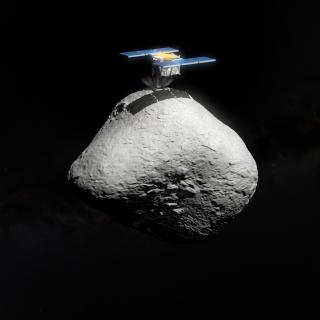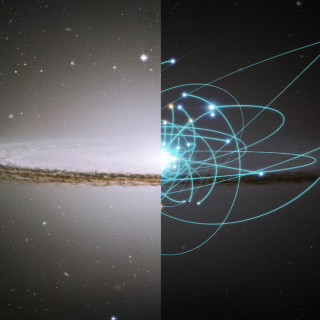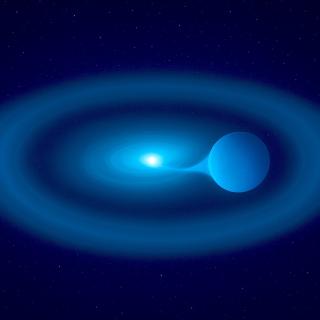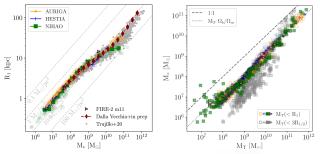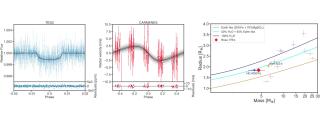
The TESS (Transiting Exoplanet Survey Satellite) mission has discovered many exoplanet candidates that need to be confirmed and characterized from the ground. One of them orbits Ross 176, a K-type dwarf star, where we have identified a promising hot “water-world” candidate. Using spectroscopic observations with the CARMENES instrument, we confirmed the planetary nature of the signal detected by TESS and estimated the planet’s mass. To improve the analysis, we applied an advanced statistical method called Gaussian Process, which allowed us to separate the star’s own variability (quite strong
Advertised on
